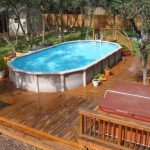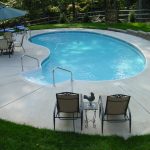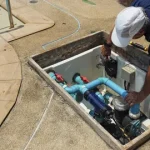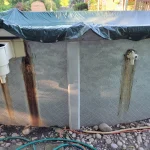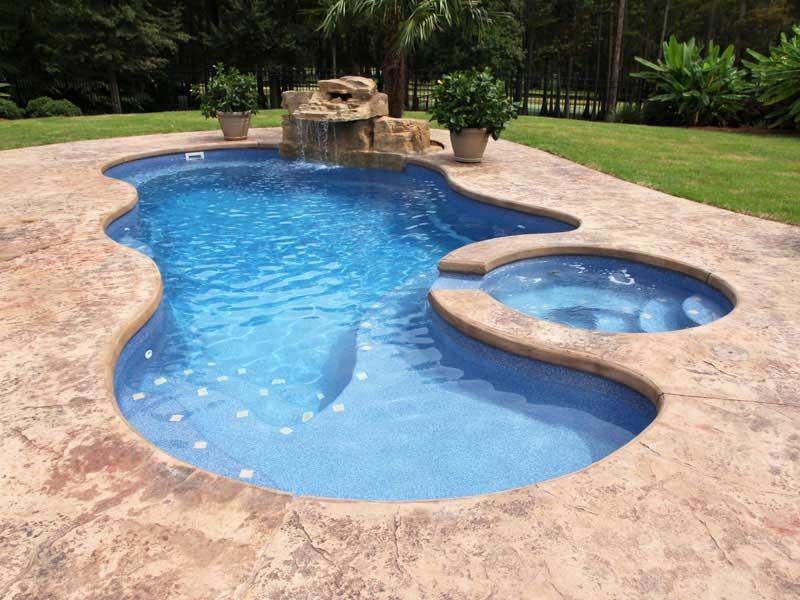
Introduction
An Inground Pool is a dream for many homeowners. It adds beauty, fun, and value to your home. But the type of pool you choose will decide how much you spend, how long it lasts, and how much care it needs. The three main choices are concrete, vinyl, and fiberglass. Each has pros and cons. Knowing the difference helps you pick the right one for your space, budget, and lifestyle.
Concrete Inground Pool
Concrete pools are built on-site. The builder shapes the pool and sprays or pours concrete to form the shell. This type of pool has been around the longest and is known for strength.
Pros
Concrete pools can be built in any shape or size, which makes them great for custom designs. They last a long time and can handle heavy use. If you want a deep pool or unique design, concrete is the best option.
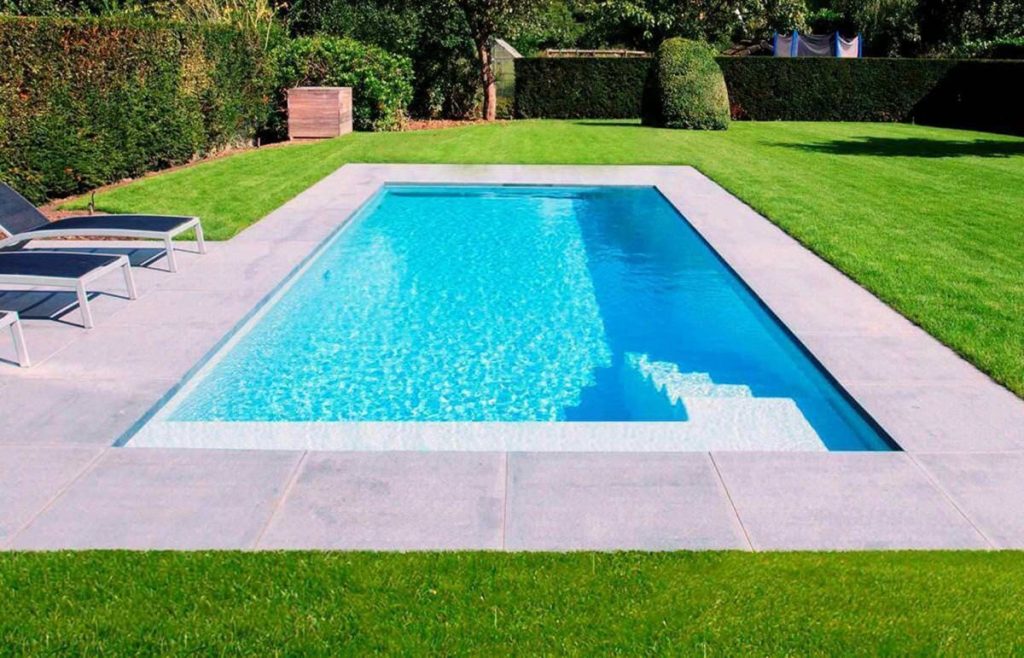
Cons
The downside is cost and care. Building a concrete pool can take weeks or months. The rough surface needs more cleaning because algae can grow fast. Over time, the surface must be resurfaced, which adds to the Inground Pool repair coast. Cleaning also takes more work and money, making the Inground Pool cleaning coast higher than other pool types.
Vinyl Inground Pool
Vinyl pools use a metal or plastic frame with a vinyl liner inside. The liner gives the pool a smooth and soft feel.
Pros
Vinyl pools have the lowest upfront cost. They come in many shapes and liner patterns. The smooth surface makes cleaning easy and feels comfortable when swimming.
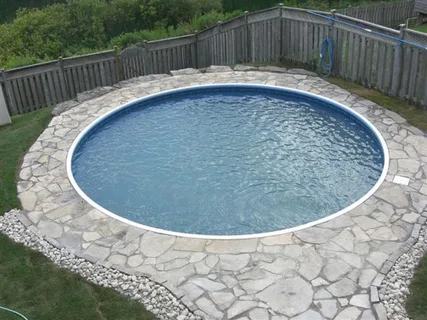
Cons
Vinyl liners are not very strong. They can tear or get punctured by pets, toys, or sharp objects. Liners usually last 7 to 10 years, after which they must be replaced. This adds to the Inground Pool repair coast over time. While vinyl pools are cheaper at the start, the long-term cost can rise because of liner changes.
Fiberglass Inground Pool
Fiberglass pools come as a pre-made shell from the factory. The shell is lowered into the ground with a crane.
Pros
The biggest advantage is speed. Most fiberglass pools are ready in just a few days. The surface is smooth and non-porous, so algae does not stick. This lowers the Inground Pool cleaning coast. Fiberglass is also very durable and rarely needs major repairs.
Cons
The main drawback is design limits. Since the shell comes pre-made, you can only pick from sizes and shapes that fit on a truck. The upfront cost is also higher than vinyl. If your yard is hard to reach, delivery of the shell may not be possible.
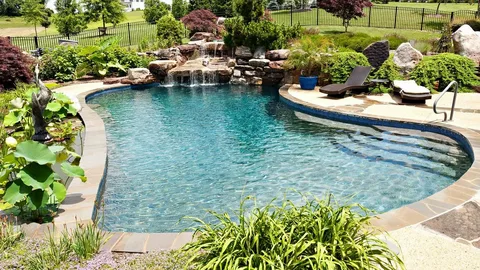
Cost and Care Comparison
When choosing an Inground Pool, you must think about more than just the build. Cleaning and repair add to the real cost.
| Pool Type | Install Coast (USD) | Repair Coast (USD) | Cleaning Coast (Yearly USD) |
| Concrete Pool | $50,000 – $100,000+ | $10,000 – $20,000 (resurfacing) | $2,500 – $5,000 |
| Vinyl Pool | $35,000 – $65,000 | $4,000 – $7,000 (liner change) | $1,500 – $3,000 |
| Fiberglass Pool | $45,000 – $85,000 | $2,000 – $5,000 (rare repairs) | $1,000 – $2,500 |
Concrete has the highest Inground Pool cleaning coast and repair expenses. Vinyl is cheaper upfront but adds costs when the liner needs replacing. Fiberglass balances cost with low maintenance, making it the most budget-friendly long term.
Which Pool Is Best for You?
The best pool depends on what matters most. If you want design freedom and do not mind high upkeep, concrete is your choice. If your main goal is a low upfront price, vinyl works best. If you want quick setup and low care costs, fiberglass is the winner.

Conclusion
A concrete Inground Pool offers strength and full custom design but comes with the highest repair coast and cleaning coast. Vinyl pools are easy on the wallet in the beginning but need liner changes that add up. Fiberglass pools cost more at first but save money later with low care and fewer repairs.
The right pool depends on your space, budget, and how much work you want to put into maintenance. By weighing the pros and cons, you can pick the pool that gives your family years of fun without unexpected


